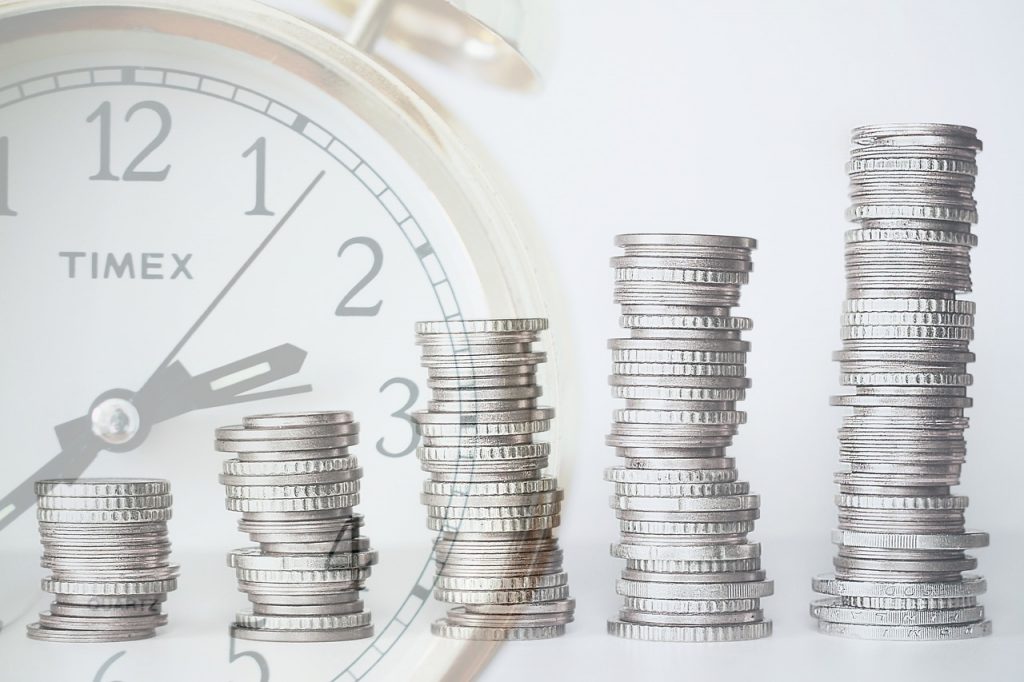Education, especially secondary education, is getting more and more expensive. The cost of a 4-year public university has gone up 110% from 1994 to 2014 (Source).
Conversely, wages have grown an astounding 8 times slower than that (Source).
What can you do to save for college? How can you help your kids? Are there certain vehicles that work better than others?
We’ll take a look at one of those in the following article.
What is a 529?
A college savings plan that is exempt from federal taxes, if you use the funds to pay for qualified education-related expenses.
Those expenses include tuition, books, room and board, computer equipment, and necessary supplies for students with special needs, as long as the student is attending at least half-time.
Advantages
- Funds can be used for K-12, university, graduate school, and trade schools.
- Parents can withdraw $10,000 per student per year to pay for tuition ONLY.
- Other people, besides the account owner, can contribute to a 529 plan.
- If funds are used for the beneficiary you intended, they can be transferred to a family member.
- Earnings grow tax-deferred
Disadvantages
- Gift tax exclusions – You are exempt from paying gift taxes if you keep it under $15,000 per individual per year, or $75,000 as lump sum every 5 years.
- A penalty of 10% will be assessed for funds used on non-qualified expenses.
- Limited investment options – most plans offer mutual funds as investments
- Risk-based – Aggressive, moderate, conservative, etc.
- Age-based – You can select an age-based fund from the get-go, and the fund company will reallocate into new funds as your child gets older.
- Self-selected
Miscellaneous
- All plans come with federal tax advantages, but some states offer tax deductions and credits as well!
- Every dollar in a 529 plan will deduct 5.6% from your family’s need-based financial aid
- One way around that is to have a family member act as the custodian for the account, so it isn’t in your name
- However, once the child begins withdrawing the funds and is still attending school, they could have 50% of their financial aid withheld because those withdrawals are considered income
- You can open one using other state’s plans, besides your own state
Other types of accounts
- Coverdell ESA – Similar to the 529 in that you use the funds to pay for education-related expenses, However, there is an annual contribution limit of $2,000 per beneficiary, and there’s also an income restriction (once you make above a certain amount, you can no longer contribute to a Coverdell ESA).
- UTMA/UGMA – Stands for Uniform Transfer to Minors Act/Uniform Gift to Minors Act. I’ve written about this in the past, so if you’d like to learn more, check out the article here.
- IRA – You can use a Traditional IRA or a Roth IRA to pay for education expenses. Similar to the 529 and the Coverdell ESA, the expenses must be qualified and the student must go to a qualified institution, as indicated by the Department of Education. The most beneficial way to use an IRA is to withdraw the funds from a Roth IRA, but only withdraw what you contributed.
Conclusion
Secondary education is expensive! If you start saving for your kids’ college right away, the compounding returns could really help you save a decent amount.
It’s important to use the right vehicle, and, in my opinion, there’s no better option than the 529.
If you’d like to learn more about paying for college, read this article here. Or if you’re a future or current student that need some finance tips, read this one here.
Be advised: Investments in 529 plans involve risks to principal and may involve additional fees such as enrollment charges and annual maintenance fees. 529 plans offer no guarantees. There are exceptions to the gift tax and estate tax exemptions; please contact a qualified tax, legal, or financial advisor for more information prior to investing.
If reading this blog post makes you want to try your hand at blogging, we have good news for you; you can do exactly that on Saving Advice. Just click here to get started.
My name is Jacob Sensiba and I am a Financial Advisor. My areas of expertise include, but are not limited to, retirement planning, budgets, and wealth management. Please feel free to contact me at: jacob@crgfinancialservices.com
 Most of us are familiar with the idea that there is no free lunch – but tech companies are very, very good at convincing us that this is not the case. If you’ve seen the news lately, you may have noticed that Facebook & Google have been in hot water because of the controversial use of their data. I don’t want to put
Most of us are familiar with the idea that there is no free lunch – but tech companies are very, very good at convincing us that this is not the case. If you’ve seen the news lately, you may have noticed that Facebook & Google have been in hot water because of the controversial use of their data. I don’t want to put